I.Diapsida, Aves
1/15
There's no tags or description
Looks like no tags are added yet.
Name | Mastery | Learn | Test | Matching | Spaced |
|---|
No study sessions yet.
16 Terms
Beak:
The beak (or bill) is adapted to the bird's feeding habits. It is made of keratin and varies in shape depending on the bird's diet, such as hooked beaks for carnivorous birds or flat beaks for filtering food in water.
Furcula:
The furcula (commonly called the wishbone) is a fused clavicle that helps stabilize the bird's chest during flight, allowing for greater movement of the wings.
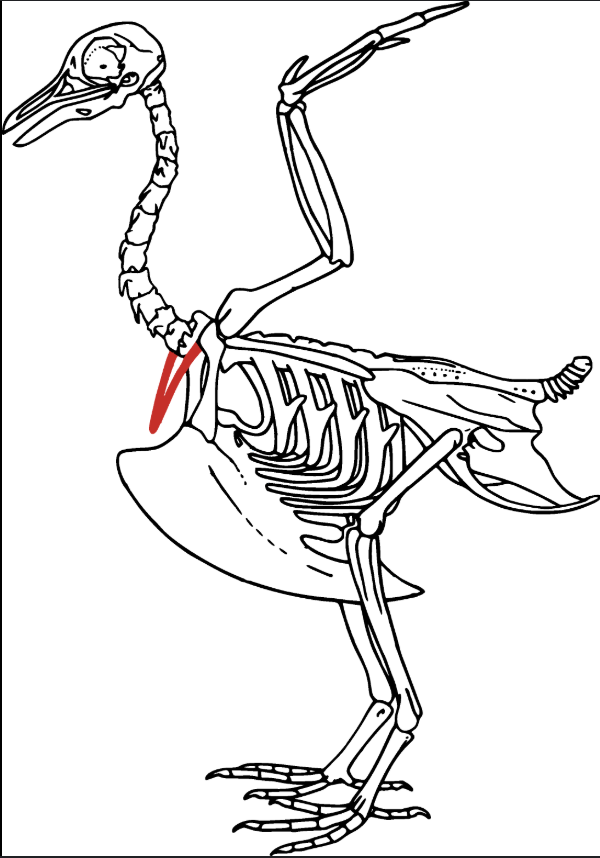
Keeled Sternum:
The keel is a ridge-like structure on the sternum (breastbone) that provides a surface for the attachment of the pectoral muscles. This adaptation is essential for the powerful flight needed by birds.
Pectoralis Muscle:
The pectoralis is a large muscle that powers the downstroke of the wings during flight, providing the force necessary for flight propulsion.
Gizzard:
The gizzard is a specialized part of the bird's digestive system that helps to grind up food, especially seeds and tough plant material, with the help of muscles and ingested stones.

Crop:
The crop is a storage pouch in the bird's digestive system where food can be stored temporarily before it moves to the stomach for further digestion. It allows birds to eat larger quantities of food at once
What are some of the common names associated with these animals?
Hawks, Egrets, Sparrows, Warblers, Flycatchers, Waterfowl, Shorebirds: These are types of birds that vary in their feeding habits and habitats.
Hawks:
Beak: Hooked for tearing meat.
Diet: Carnivorous, feeding on small mammals, birds, and insects.
Habitat: Open fields, grasslands, and woodlands; they prefer hunting in areas with wide visibility.
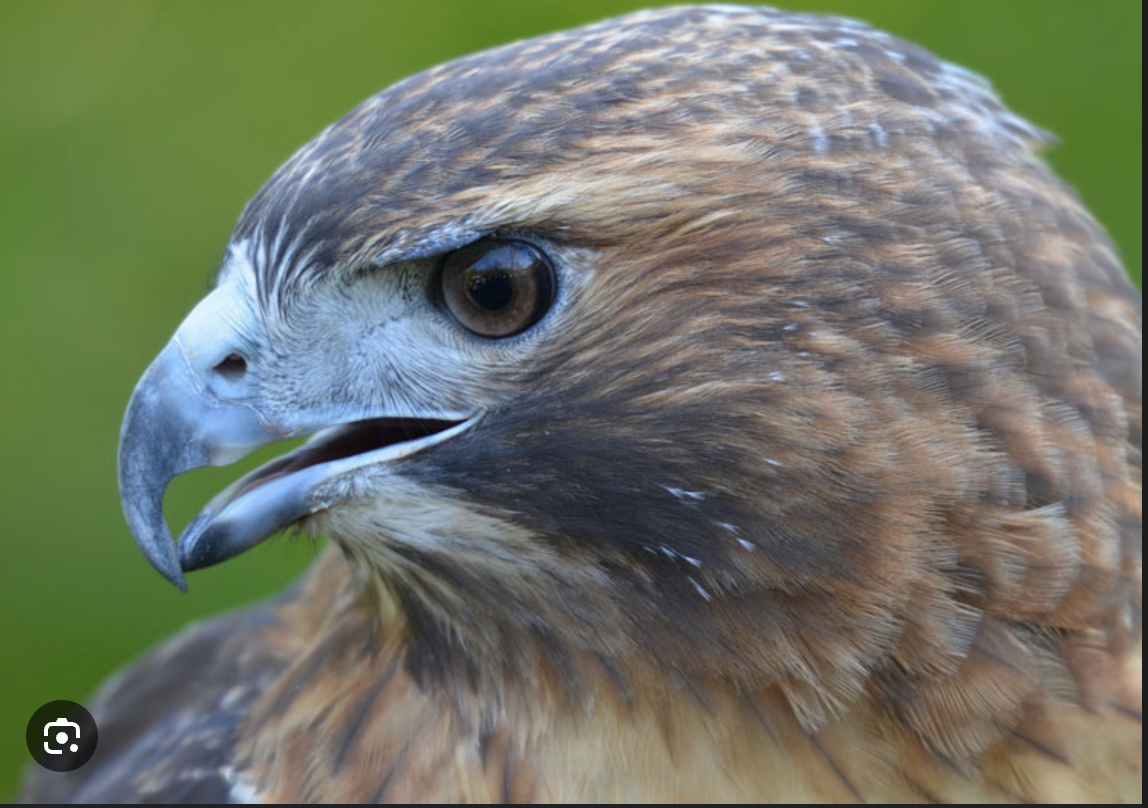
Egrets/Herons
Beak: Long and slender for probing in water.
Diet: Carnivorous, eating fish, amphibians, and invertebrates.
Habitat: Wetlands, marshes, and coastal areas.
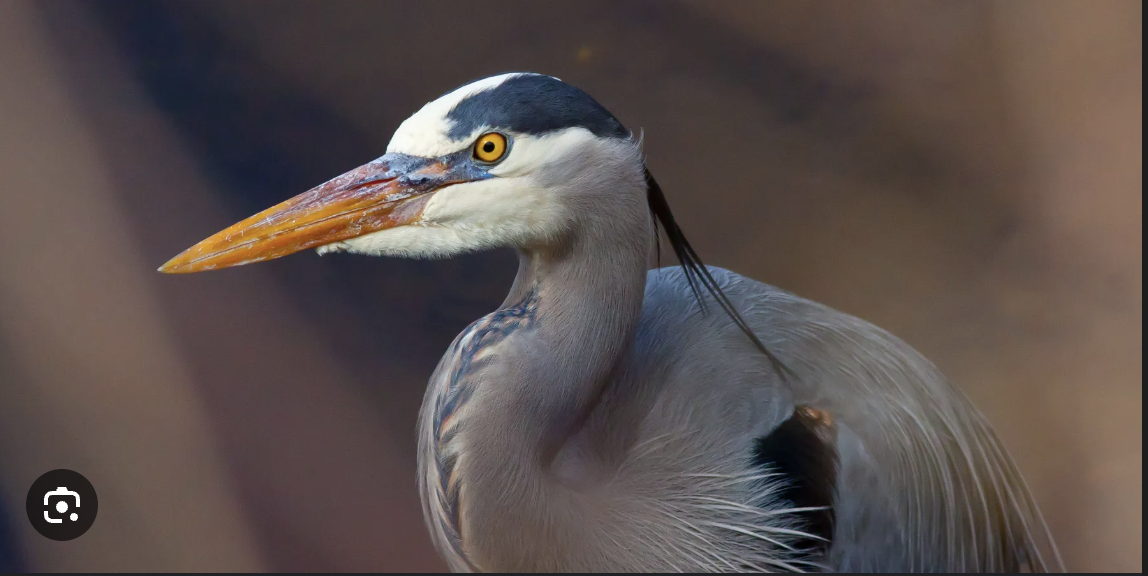
Sparrows:
Beak: Conical and short for cracking seeds.
Diet: Primarily seeds and small fruits.
Habitat: Open fields, grasslands, and urban areas.
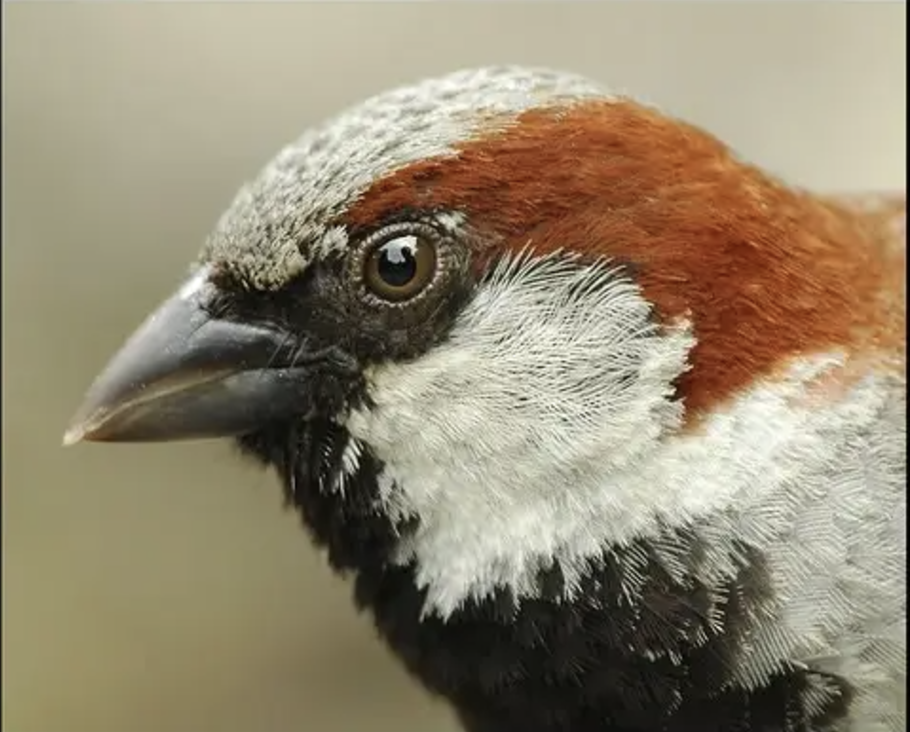
Warblers:
Beak: Small, slender, and pointed for catching insects.
Diet: Insectivorous, feeding on insects and spiders.
Habitat: Forests, woodlands, and gardens.
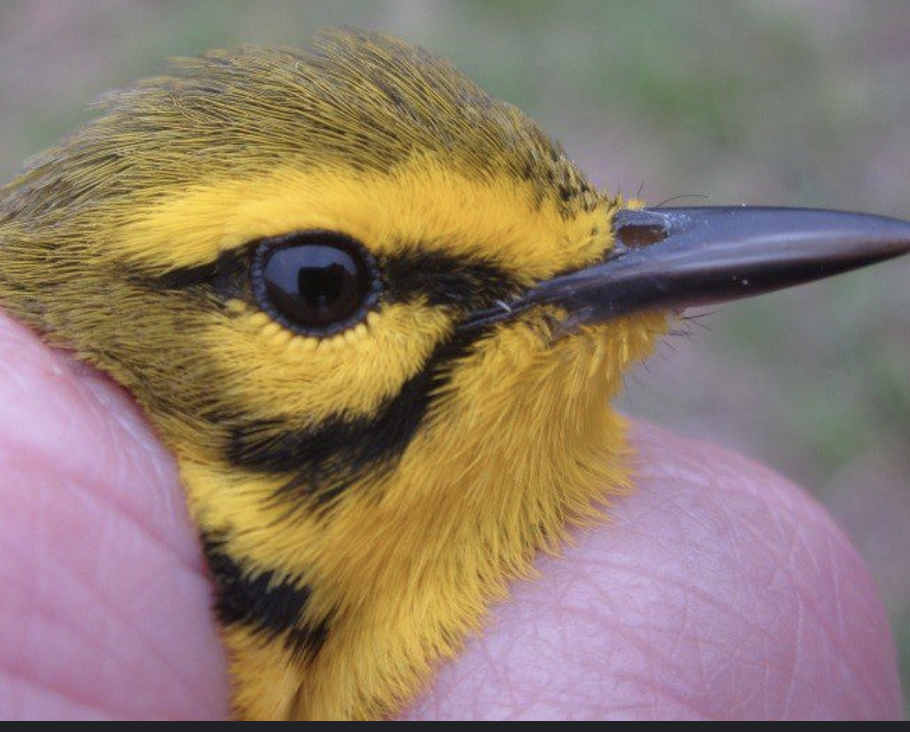
Flycatchers:
Beak: Wide, flat, and insect-catching.
Diet: Insectivorous, feeding on flying insects like flies and beetles.
Habitat: Open woodlands, edges of forests, and gardens.
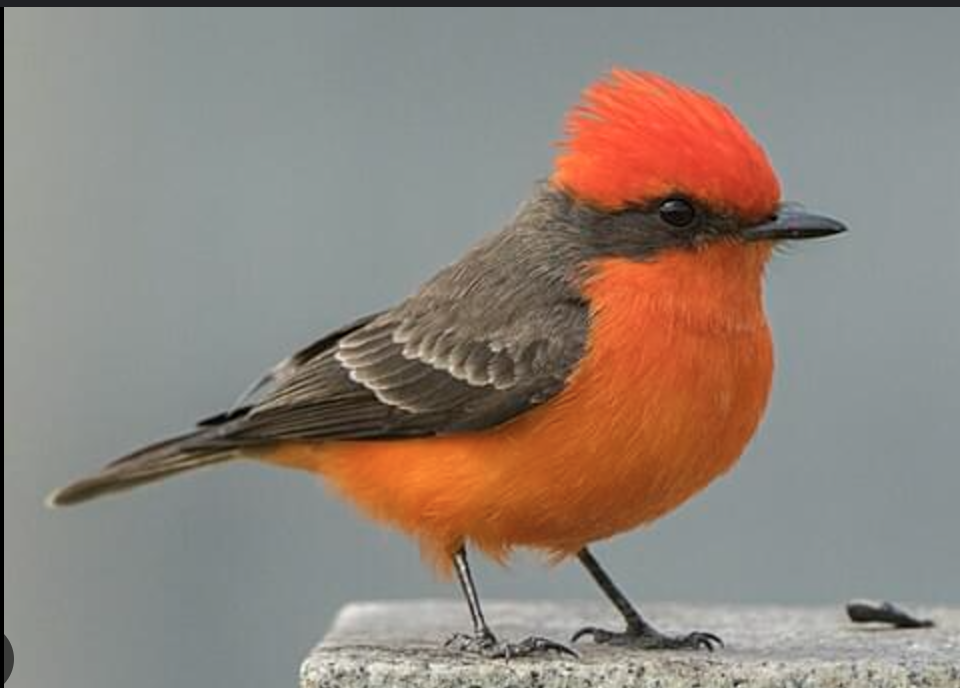
Waterfowl:
Beak: Flat, broad, and adapted for filtering or dabbling in water.
Diet: Omnivorous, eating plants, seeds, and aquatic insects.
Habitat: Lakes, rivers, ponds, and wetlands.
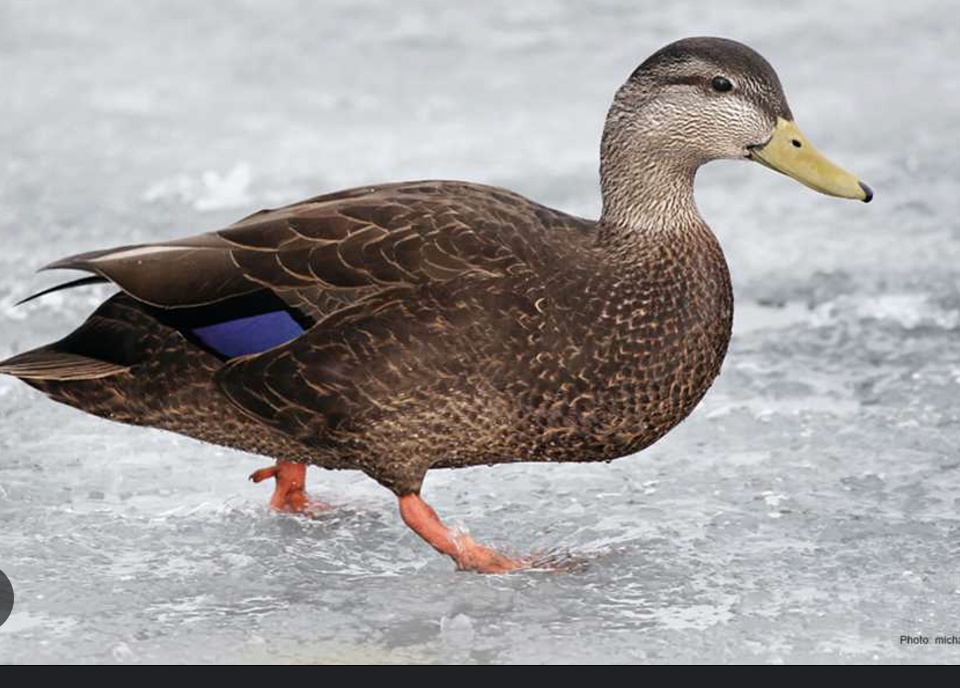
Shorebirds:
Beak: Long and straight for probing in mud or sand.
Diet: Invertebrates, such as worms, crustaceans, and small fish.
Habitat: Coastal areas, beaches, and mudflats.

In what types of environments do birds live?
Birds live in a variety of habitats ranging from forests, grasslands, and wetlands to deserts, mountains, and marine environments.
Migratory species travel long distances to take advantage of seasonal food sources and nesting areas.
Birds are highly adaptable and can be found in almost every part of the world, including urban environments.
How many known species of birds are there?
10,000